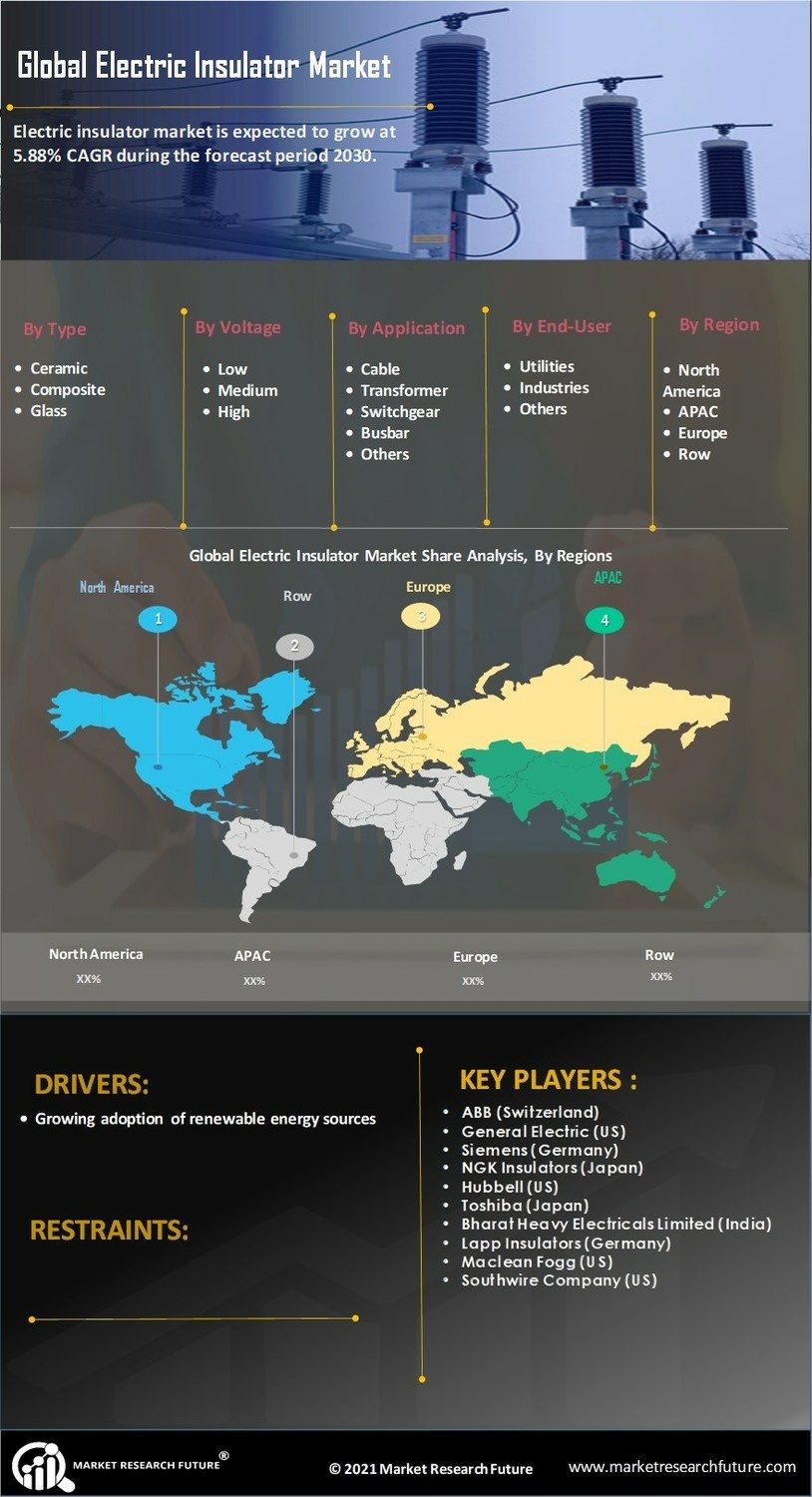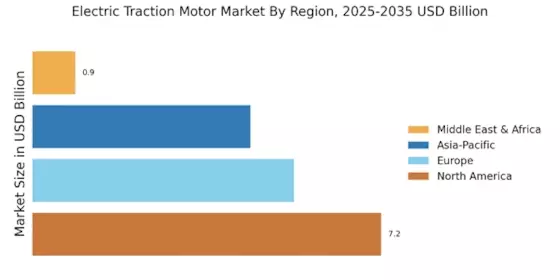Rising Demand for Electric Vehicles
The increasing demand for electric vehicles (EVs) is a primary driver for the Electric Traction Motor Market. As consumers become more environmentally conscious, the shift towards EVs is accelerating. In 2025, the number of electric vehicles on the road is projected to surpass 30 million units, significantly boosting the need for efficient electric traction motors. This trend is further supported by advancements in battery technology, which enhance the performance and range of EVs. Consequently, manufacturers are compelled to innovate and produce high-performance electric traction motors to meet this burgeoning demand. The Electric Traction Motor Market is thus positioned for substantial growth as automakers invest heavily in electric mobility solutions.
Government Regulations and Incentives
Government regulations and incentives are pivotal in shaping the Electric Traction Motor Market. Many countries are implementing stringent emissions standards and offering financial incentives for electric vehicle adoption. In 2025, it is anticipated that over 50 nations will have established policies promoting electric mobility, which will directly impact the demand for electric traction motors. These regulations not only encourage manufacturers to innovate but also create a favorable environment for consumers to choose electric options. The Electric Traction Motor Market is thus likely to benefit from these supportive measures, leading to increased production and sales of electric traction motors.
Growing Focus on Renewable Energy Sources
The growing focus on renewable energy sources is a key driver for the Electric Traction Motor Market. As nations strive to reduce their carbon footprints, the integration of renewable energy into transportation systems is becoming increasingly important. In 2025, it is projected that renewable energy will account for over 30% of the energy used in electric transportation. This shift not only supports the sustainability goals of various governments but also enhances the appeal of electric traction motors. The Electric Traction Motor Market is likely to thrive as the demand for clean energy solutions in transportation continues to rise.
Technological Innovations in Motor Design
Technological innovations in motor design are significantly influencing the Electric Traction Motor Market. Advances in materials and engineering techniques are leading to the development of lighter, more efficient motors. In 2025, the introduction of new magnet technologies and cooling systems is expected to enhance the performance of electric traction motors, making them more competitive against traditional alternatives. These innovations not only improve energy efficiency but also reduce manufacturing costs, thereby expanding the market. As a result, the Electric Traction Motor Market is poised for growth, driven by the continuous evolution of motor technology.
Infrastructure Development for Electrification
Infrastructure development plays a crucial role in the expansion of the Electric Traction Motor Market. The establishment of charging stations and electrified rail networks is essential for supporting the increasing number of electric vehicles and trains. In 2025, investments in charging infrastructure are expected to reach approximately 10 billion dollars, facilitating the widespread adoption of electric traction motors. This infrastructure not only enhances the convenience of using electric vehicles but also encourages public transport systems to transition to electric solutions. As a result, the Electric Traction Motor Market is likely to experience a surge in demand, driven by the need for reliable and efficient electric traction systems.


















Leave a Comment